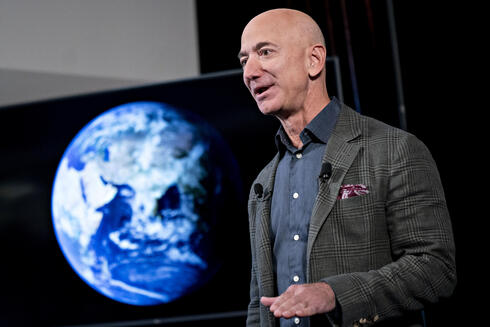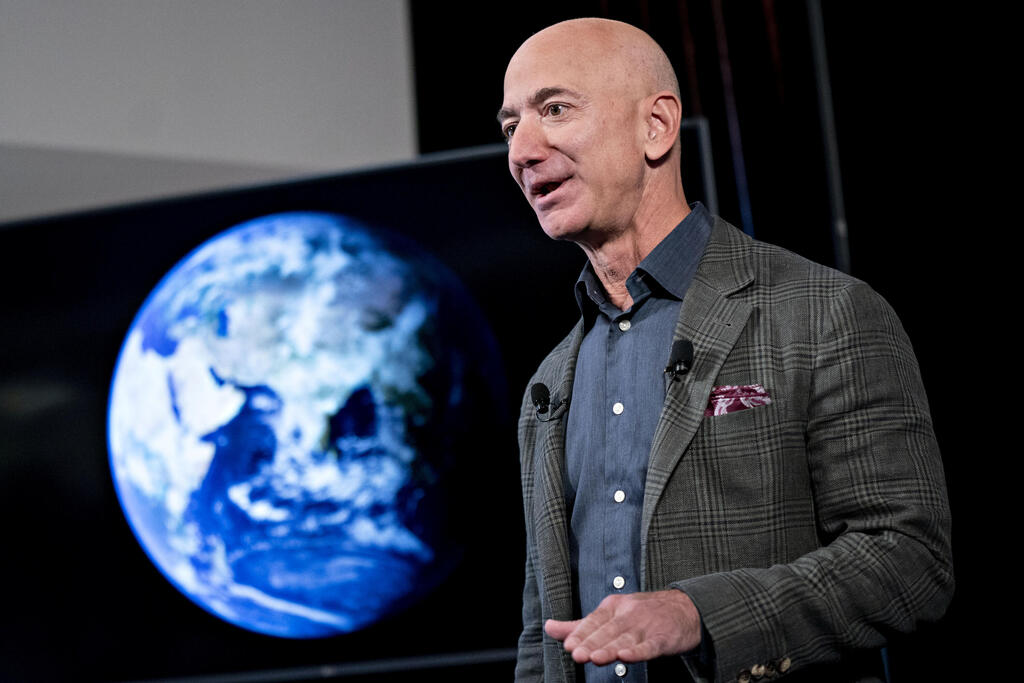
Rethinking satellite internet projects: Are Starlink and Amazon truly serving the public?
As satellite internet projects deploy thousands of small satellites and raise environmental and affordability challenges, stakeholders grapple with striking the right balance between innovation and serving the broader public interest
Amazon announced over the weekend the opening of a new facility costing $120 million at NASA’s Kennedy Space Center in Florida. This marks the latest long-term investment in the Kuiper project, an initiative launched in 2019 with the aim of enhancing global access to high-speed broadband through the deployment of 3,236 satellites in low Earth orbit (LEO). The establishment of this satellite network is intended to provide "fast, affordable broadband to underserved communities worldwide," according to the company. Steve Metayer, the project's deputy vice president, stated, "We have an ambitious plan to start full-scale production of the Kuiper project next year and initiate an early pilot with customers."
According to Amazon, the new facility in Florida will be used for receiving satellite shipments, final preparations for launches, and integrating them onto the launch vehicles of United Launch Alliance and Blue Origin, a space company founded by Jeff Bezos, Amazon's founder.
If this sounds familiar, it's because it's not the first project of its kind. Elon Musk’s SpaceX company’s Starlink already has thousands of satellites in low Earth orbit providing service to customers since 2021. Elon Musk's Starlink project gained particular attention in March 2020, even before its public launch, when it provided connectivity to Ukraine amid the Russian invasion. There are many other smaller projects that have already launched satellites such as OneWeb and Astranis, although the latter announced last week that it had encountered technical problems with the satellites.
All these companies claim to share a common goal - to connect the unconnected. They pursue one of two business models: some offer direct-to-consumer services, essentially selling internet from space as a new internet service provider, while others collaborate with existing telecommunication companies responsible for managing customer relations.
In any case, the initiative rests on a real problem whose solution seems financially tempting: there are 3.7 billion people worldwide who do not have access to the internet. Yet, despite the promising idea and technology, the actual feasibility of providing widespread internet access through these ventures remains a challenge. Affordability and limited internet speed and connectivity are still pressing issues worldwide, making new innovation only accessible to those who can afford it.
The price is irrelevant
Low internet speeds and limited connectivity are a global problem. For example, Astranis aimed to provide internet to 2 million residents in the Philippines in their latest mission. Starlink discussed plans for India and African countries, while Amazon is specifically focusing on areas much closer: "You don't have to go far from big cities to lose internet connectivity. It can happen within a 60-minute drive from Amazon's headquarters in Seattle." They are not mistaken; in the United States, it is estimated that there are 42 million residents without access to broadband.
Where does the internet from satellites actually reach? Internet access by satellites orbiting in low Earth orbit is a relatively new field with very few widely deployed products. The leading player, Starlink, reported a million active users in December 2022. However, we must consider who these services are reaching: 80% of Starlink's users are from Northern Europe, 18% from other parts of Europe, and only 2% from non-Western countries. Elon Musk himself admitted that the service the company offers can currently serve only a few wealthy and isolated users. "It's really meant for sparsely populated regions," he said. "In densely populated areas, we'll be able to serve a limited number of customers, and many residents in rural areas around the world will remain without service because they won't be able to afford it."
The high price of the service makes it irrelevant precisely for the populations it was seemingly intended to serve. Therefore, these initiatives seek government subsidies to fund their operations, and some countries also look to them to solve connectivity issues. One of the significant projects in this field is the Rural Digital Opportunity Fund (RDOF) initiative by the U.S. Federal Communications Commission (FCC), which allocated $20 billion to the initiative. Starlink itself received a portion of these funds in 2020, totaling $885 million, to connect 640,000 areas without service across 35 countries.
Two years later, the FCC was forced to reconsider the allocated funds. The price hikes for the service brought it up to a minimum of $120 per month for individual users, in addition to a one-time installation cost of $599. The growth in users also led to a slowdown in internet quality - from 110 Mbps in the last quarter of 2021 to 50 Mbps in the third quarter of 2022. In August, the FCC announced that funds would not be provided anymore, as the high price and internet quality did not meet the standards. "The question before us was whether to subsidize the technology that is still developing for the broadband of consumers, which, among other things, requires each customer to purchase a satellite dish worth $600," the FCC stated in their message.
A business trap
Amazon’s recent announcement did not address this current dynamic, but it doesn't seem like it can escape it. The field seems to be caught in a trap: the high costs of these initiatives requires them to set high prices. The only way for the business to have a positive cash flow is to reach more uncovered customers. However, if they provide internet to more customers, the internet quality deteriorates, so they need to deploy more satellites, which incurs additional costs. A vicious circle ensues in the pursuit of high-quality internet that offers broad coverage to a large number of potential customers, but that is also affordable. Musk himself estimated that to achieve this type of coverage with satellite internet, tens of billions of dollars more investment would be needed. Amazon announced that it has already invested over $10 billion in the initiative. These companies are also seeking government budgets and subsidies, as mentioned before, but the business trap is also familiar to governments, who are aware of the high costs and inconsistent quality.
The outcome for these projects is uncertain regarding whether they will find a path to profitability that allows them to achieve their stated goal: connecting the disconnected. But sometimes, the simplest solution is also the best. At least that's the practice at the FCC, which redirected the RDOF funds to companies capable of providing cheap and fast internet through traditional means - physical infrastructure deployment. It may be time to acknowledge that this initiative that involves deploying tens of thousands of small satellites, obscuring the stars and polluting the skies with rockets costing tens of billions of dollars, may be interesting and exciting, but it doesn't serve the public good.
First published: 10:20, 26.07.23














